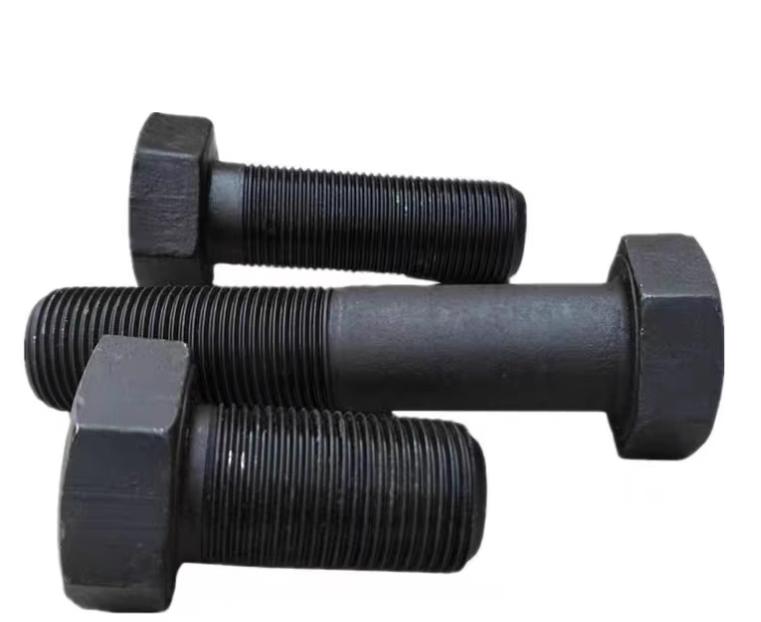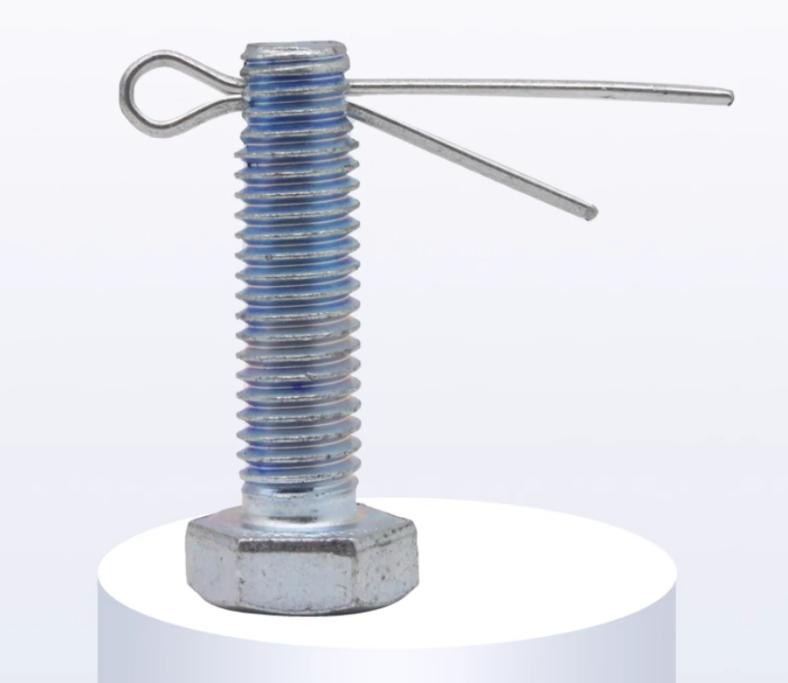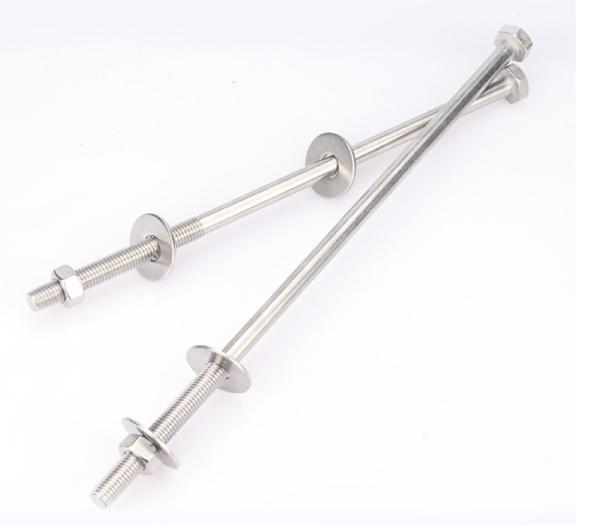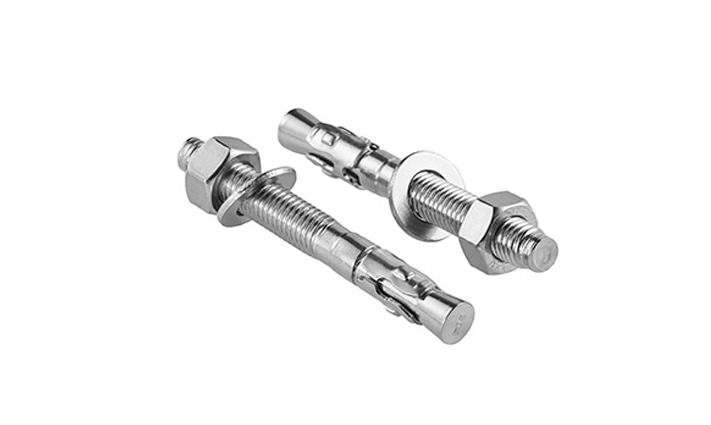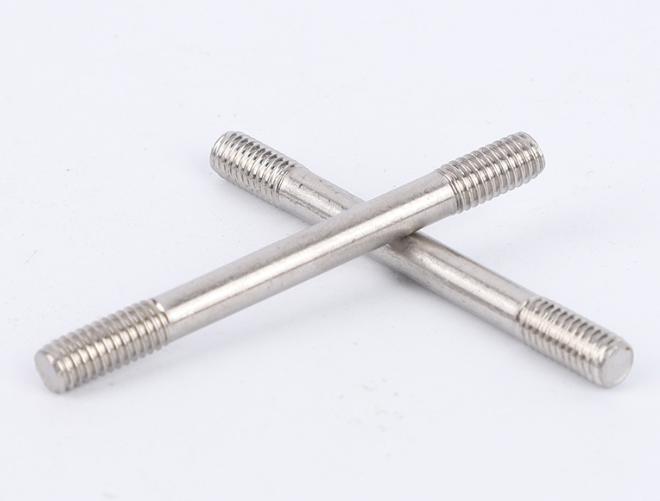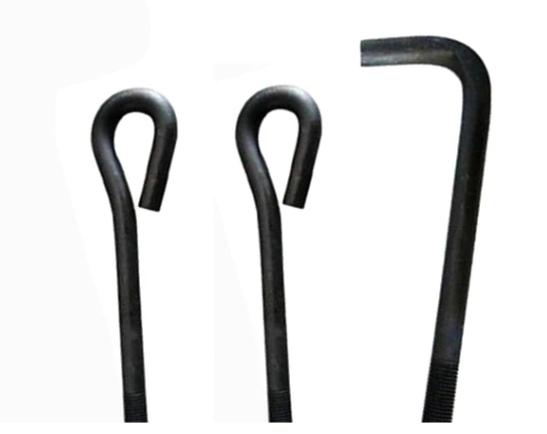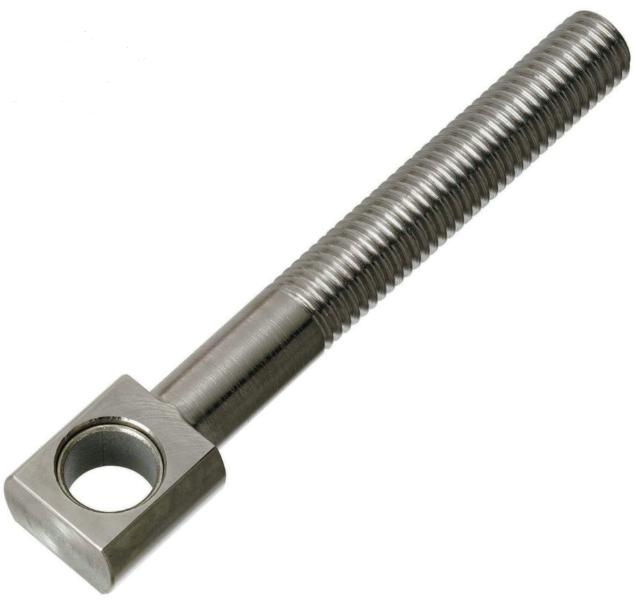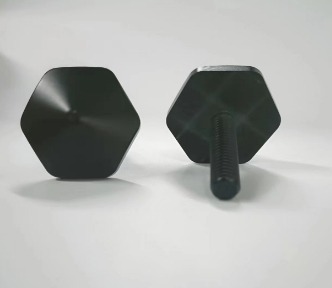How to Measure U Bolts Accurately?
U bolts are important hardware components that are used to secure and fasten various things. They are extensively used in construction, automotive, and industrial applications to connect pipes, rods, and other cylindrical objects to a surface. It is critical to understand how to measure U bolts accurately to ensure a proper fit and optimal efficiency. In this article, we will provide you with a detailed step-by-step process of measuring U-bolts, ensuring you get the accurate size for your specific requirements.
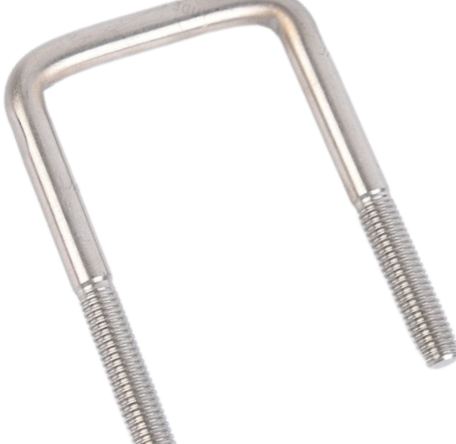
Step 1: Determine the Type of U Bolts
Determine the type of U bolt you require before you begin measuring. U-bolts are available in a variety of shapes, including round, square, semi-round, and bespoke shapes. Determine the thread type as well, which could be coarse or fine. Knowing the exact type and thread of the U-bolt will help you identify the perfect replacement or size for a new application.
Step 2: Measure the Diameter of U Bolts
The most critical dimension to measure in a U-bolt is its diameter.
1. Gather the necessary tools
A caliper or measuring tape is required to measure the diameter of a U-bolt.
2. Identify the measurement points
Examine the U-bolt and find the spots on the inside of each leg where it forms a complete circle. These locations are typically located at the broadest point of the U-bolt.
3. Place the caliper or measuring tape
Open the jaws of your caliper and place one jaw on the inside of one leg at the stated measurement point and the other jaw on the inside of the opposite leg at the matching measurement point. Close the caliper gently until it fits securely without distorting the U-bolt.
Wrap a measuring tape around the inside of the legs at the stated measurement spots if you’re using one.
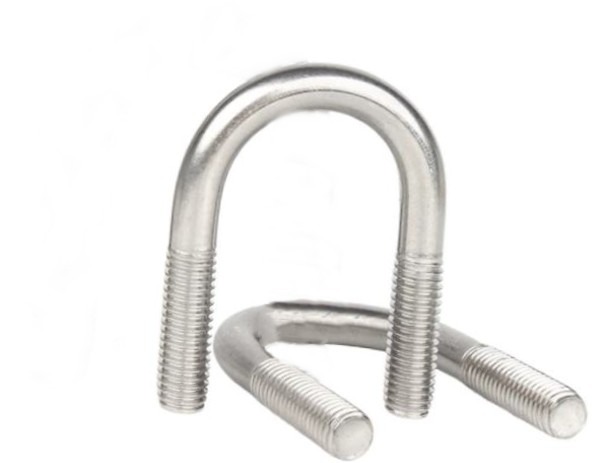
4. Record the measurement
Take the caliper or measuring tape measurement. The diameter of the U bolt is represented by the recorded measurement, which is the interior width between the two legs of the U bolt.
5. Convert units
If you measured in inches and require the millimeter equivalent, double the measurement by 25.4(since 1 inch = 25.4 millimeters).
Step 3: Measure the Length of U Bolts
Determine the entire length of the U-bolt next. On both sides, measure from the bottom of the bend (where the legs begin) to the end of the threads. If you measure the U-bolt from the top or inside of the bend, you will get an erroneous length measurement.
Step 4: Measure the Thread Length of U Bolts
In addition to the overall length, the threaded section of the U-bolt must be measured. This measurement is critical if you intend to use nuts or other fasteners. Measure the length of the threaded part on both sides of the U bolt with a ruler or tape measure. Make that the dimension includes any unthreaded areas at the ends, which some U-bolt designs may have.
Step 5: Determine the Thread Size of U Bolts
Another important consideration when measuring U-bolts is thread size. It is commonly represented by two dimensions: the major diameter (the outside diameter of the threaded part) and the thread pitch (the spacing between threads). Using a thread gauge or a reference chart, you may determine the thread size.
Step 6: Confirm the Material and Coating of U Bolts
Consider the material and coating of the U bolts in addition to their dimensions. Stainless steel, carbon steel, and galvanized steel are all common materials. The material used will be determined by the application and the surrounding environment. Consider a U bolt with a corrosion-resistant coating to prolong its lifespan if it is exposed to extreme environments.
Step 7: Check the Load Capacity of U Bolts
U bolts have varied load capacities, so make sure the U-bolt you choose can handle the necessary load. If you are unsure about the load requirements, always refer to the manufacturer’s specifications or speak with a specialist.
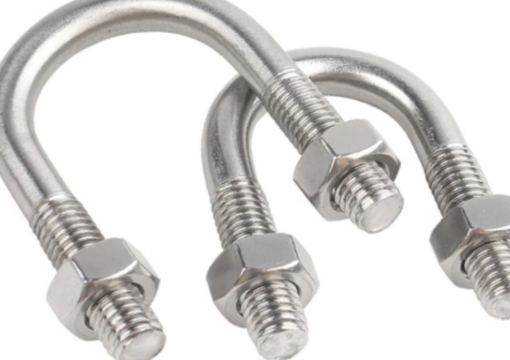
Summary
When it comes to U bolts, precise specifications are critical. You can accurately measure U bolts for replacement or new applications by following the techniques provided in this article.

